If I’d have looked out of my living room window any day between 1912 and 1921 I would have found myself looking directly onto The Royal Electric Theatre. In 1921 the ‘new’ picture house opened just a few hundred yards away and this cinema is currently celebrating its 100th year – the only cinema in England to have achieved that milestone.
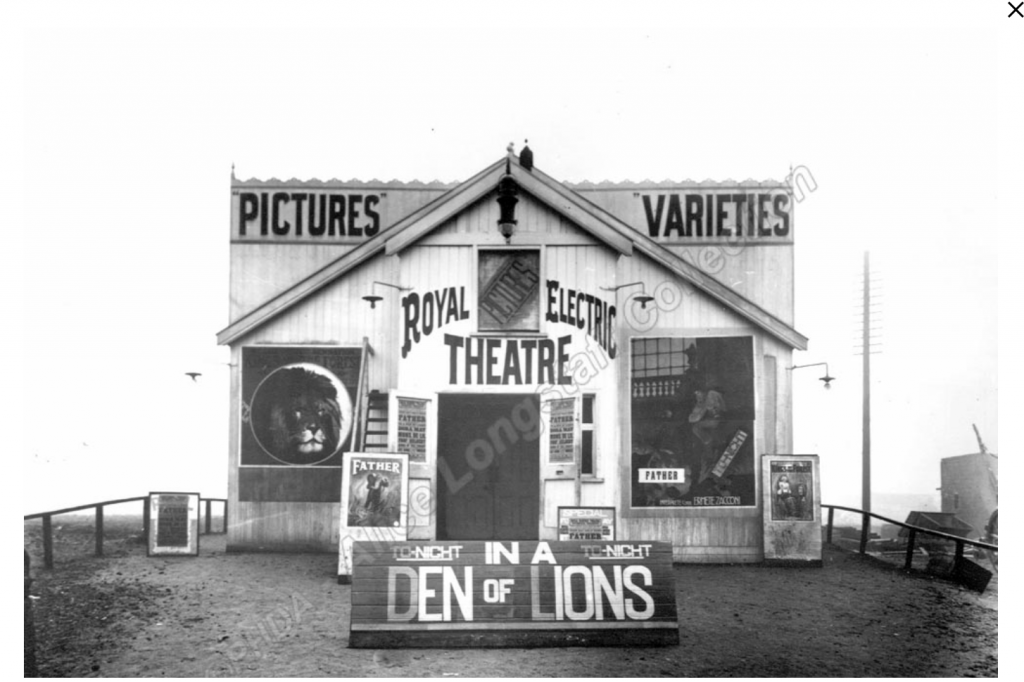
‘In the late 1960s, when many of the mills had closed, the Picture House nearly suffered the fate of so many town cinemas and was very close to becoming a carpet warehouse. It was saved for the town by the actions of the then Hebden Royd Urban District Council who purchased the Picture House from its private owners for the sum of about £6,000. The cinema passed into Calderdale Councils control with local government reorganisation in 1973, and CMBC oversaw a subsequent refurbishment in 1978, removing half of the seats and leaving the current 492 seats with their often praised generous legroom.’ (From the cinema’s website).
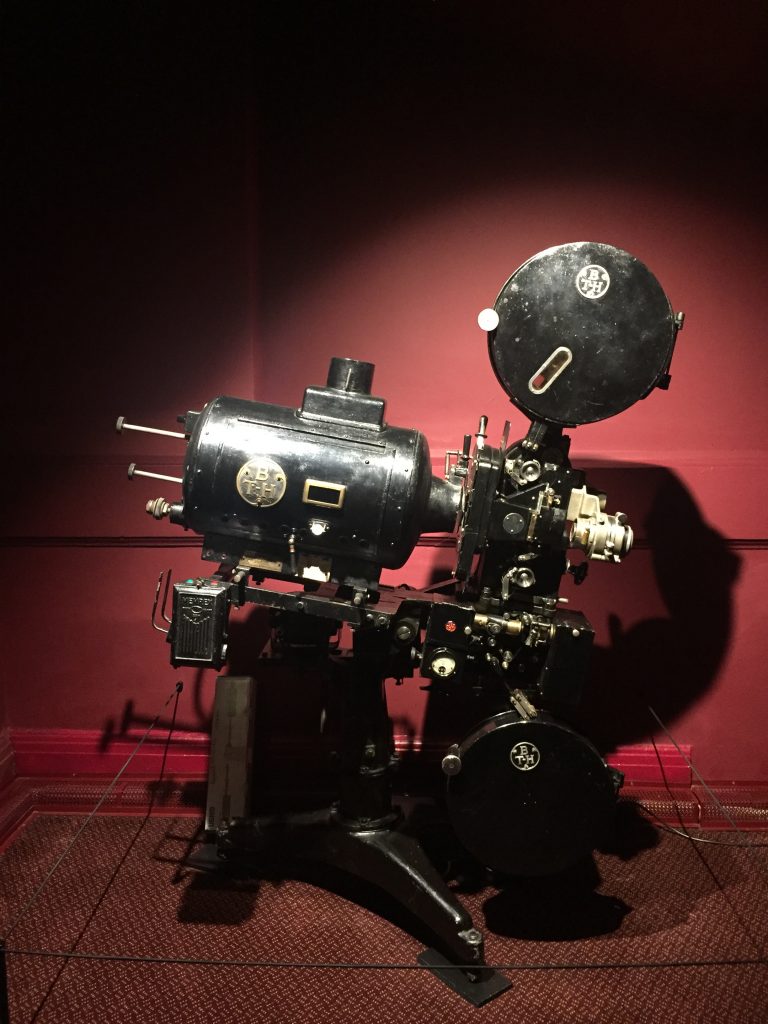
I read that there was on open day at the Picture House yesterday and so off I went. It took me exactly 2 minutes – and most of that time was spent waiting to cross the road! First order of the day was to witness a demonstration of one of the old projection devices which currently has pride of place at the back of the stalls. The current projectionist explained that there would have been 2 such contraptions originally. It actually looks like something from a sci fi movie!
Next we were treated to a 1924 silent movie of Hebden Bridge band Carnival film. The local brass band had a stellar reputation (see my blog about my ancestor Stott Gibson who played in it: http://blog.hmcreativelady.com/?s=stott+gibson
but they were in financial difficulties. Travelling to far venues for competitions was costly so a carnival was planned. Pathe film company would film the event, hopefully including many of the crowd watching the parade. The parade itself was over a mile in length, and there was a fancy dress competition at the end of the day. Money would be raised by people attending a viewing of the movie at the cinema, hoping to see themselves on camera. The venture was so successful that it was repeated the following year. Though only 12 minutes long the movie gives a wonderful insight into people’s everyday life – their sense of fun, their eagerness to dress up in crazy outfits (the spectators as well as those entering the fancy dress competition), their ‘normal’ daily clothes, transportation, and a sense of fun that was being mirrored as I watched by the Pink Pride Picnic that was taking place in the park just outside.
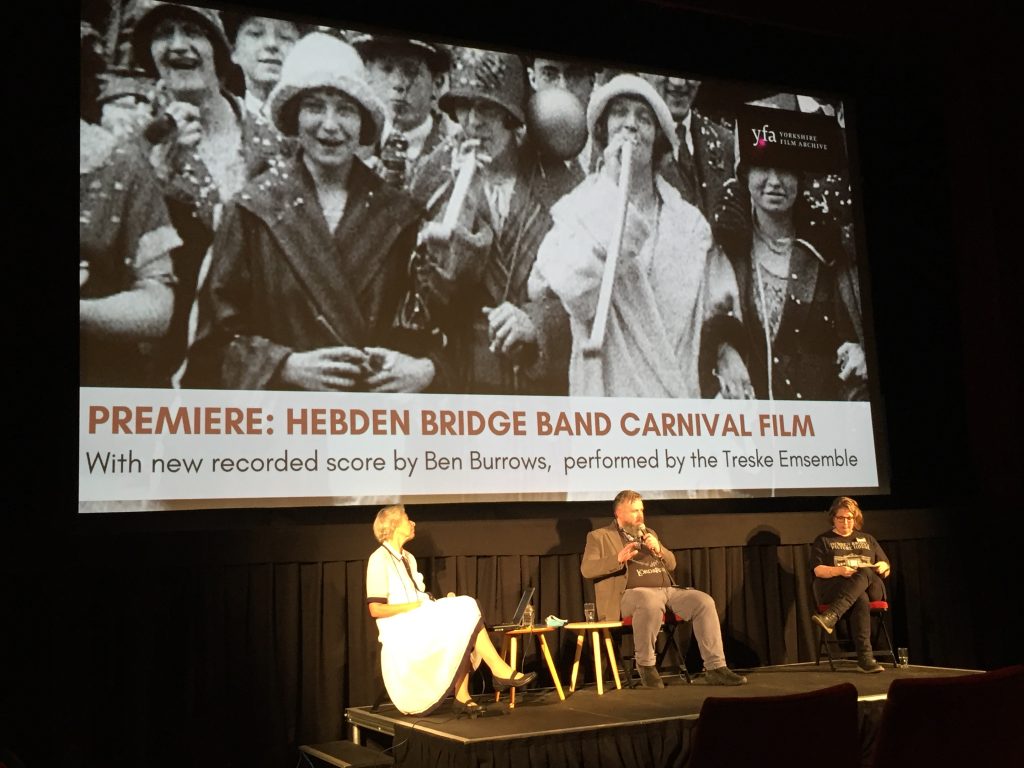
After the movie there was a Q and A with Ben Burrows, the composer of the music that he been written to accompany the silent film. The Treske Ensemble had recorded the music in London. A pity about the rather large spelling error on the banner behind him. Diana Monahan from the local history society had done research into the carnival and had mapped out the route that the floats had taken.
A corner of the cinema had been given over to a wonderful model of the original electric theatre and I chatted with its maker, Ray Barnes.

He had chosen that particular scale because it’s used in model railways and so he was able to purchase the figurines, but he had to repaint them with appropriate attire. The projection box was upstairs at the front of the building. People in the expensive seats – 3d – entered at the front. Those bound for the cheap seats went in through a side entrance.
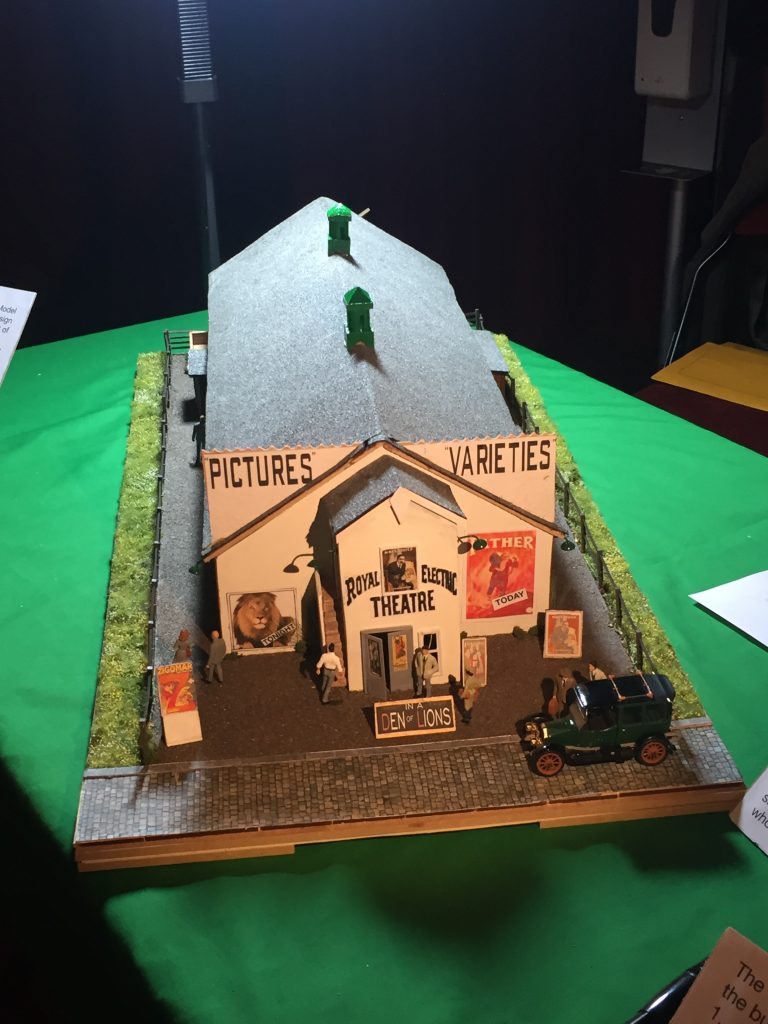
It was designed by Henry Cockcroft, a Hebden Bridge architect who had been responsible for designing the trestle bridge at Blake Dean from which one of my ancestors fell (see blog about Ada Harwood: http://blog.hmcreativelady.com/2021/03/01/adas-tragic-death/
Then, to my surprise, Ray took off the roof of the model and I saw its interior, with many people enjoying a film. The men’s toilet was outside, but there was a ladies’ toilet inside the cinema and he’d even recreated this, with a woman going about her business!!! What a wonderful Lockdown project Ray had created.
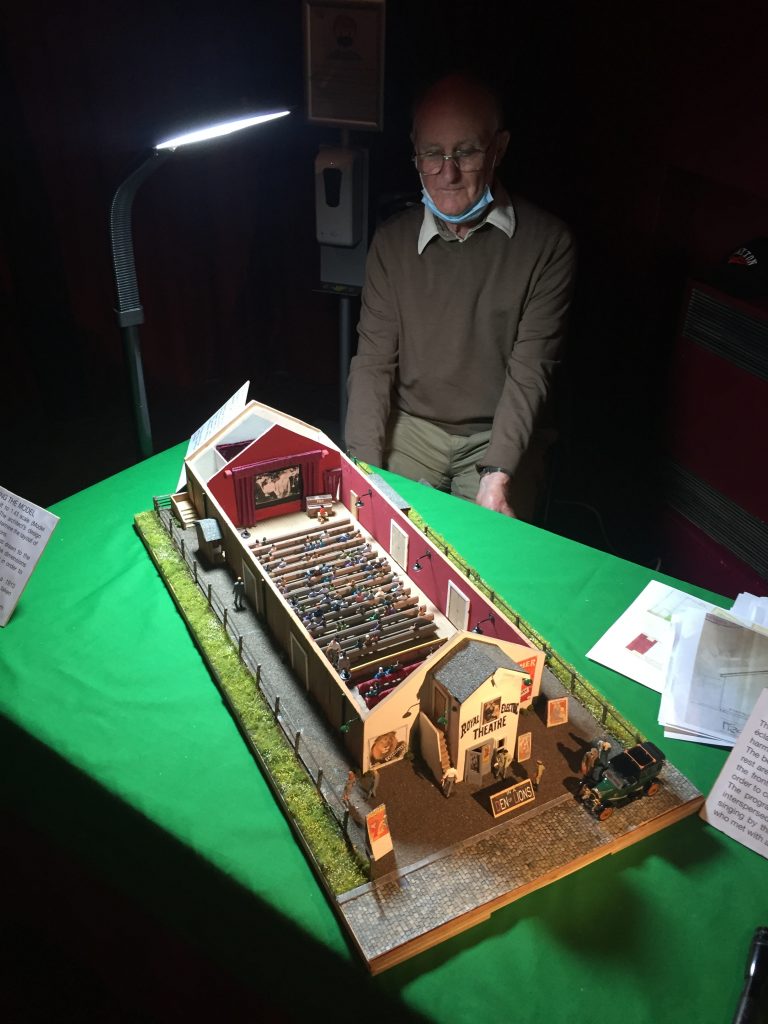
You can watch the 1924 silent film for free via the Yorkshire Film Archives
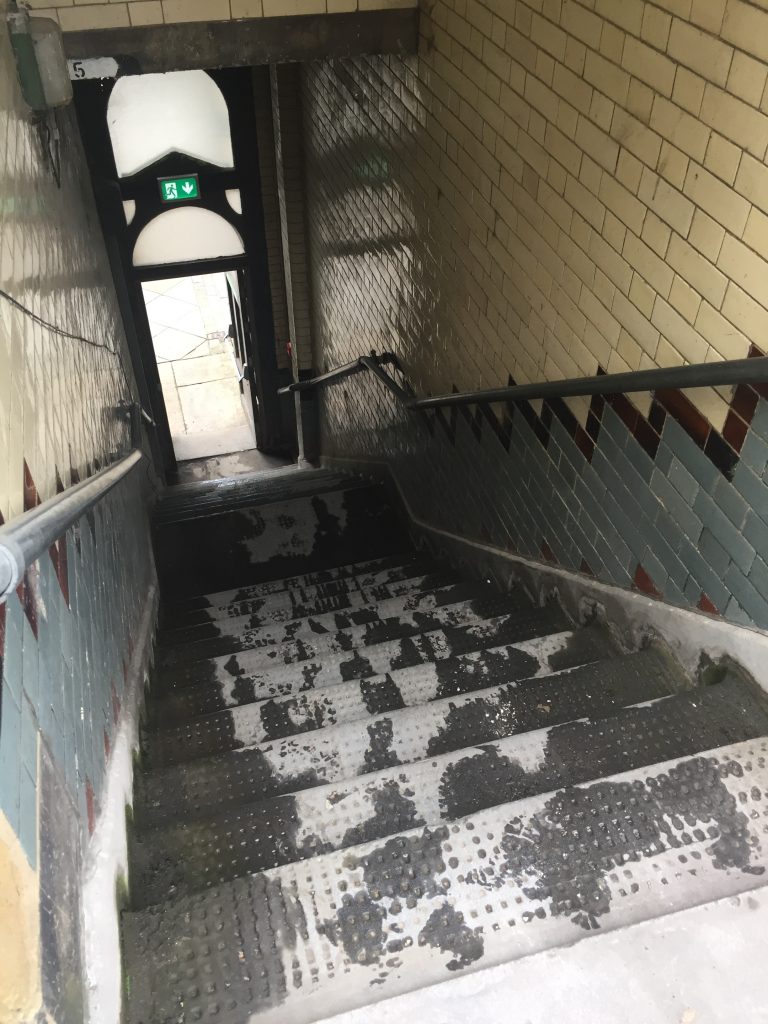
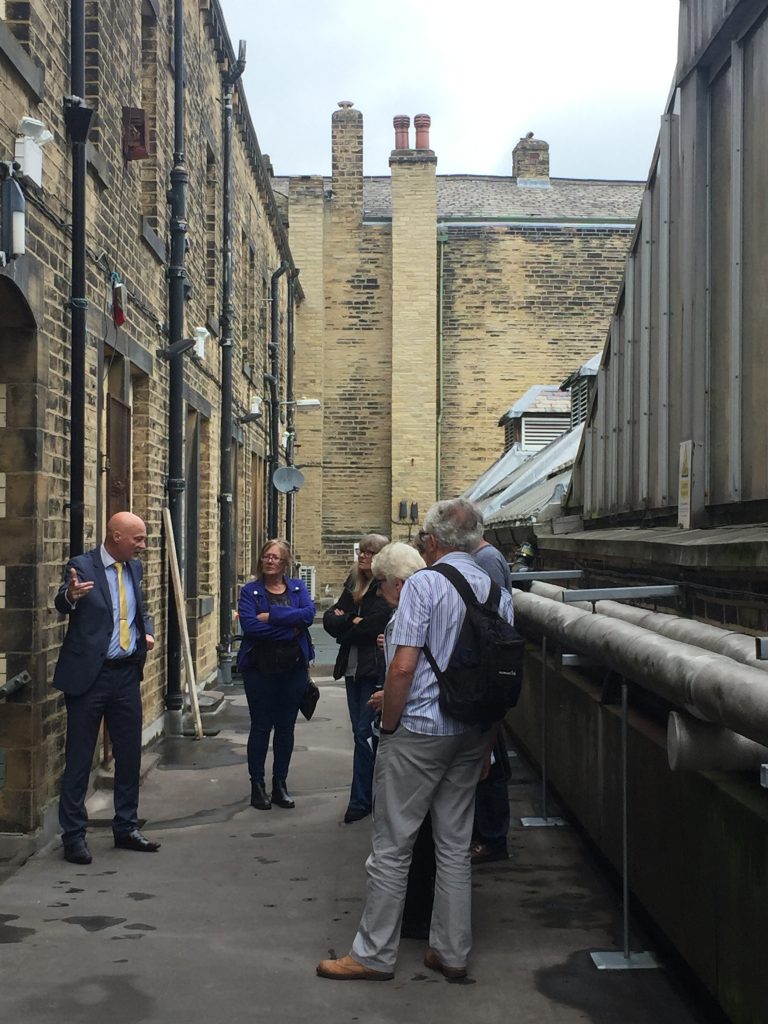

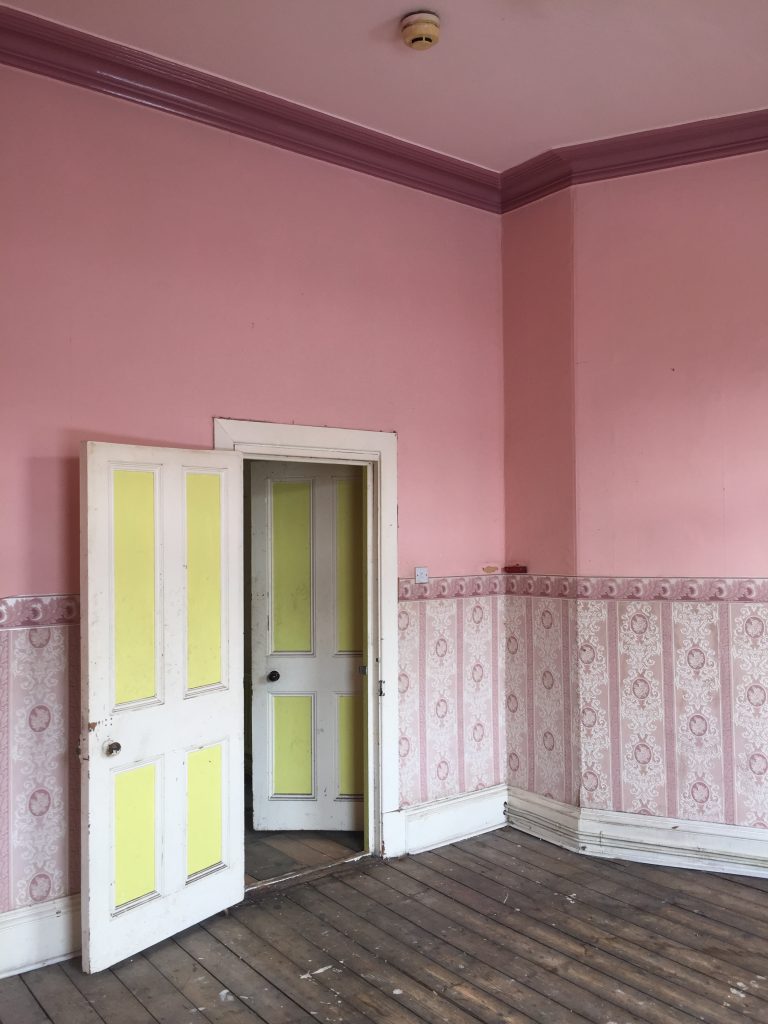
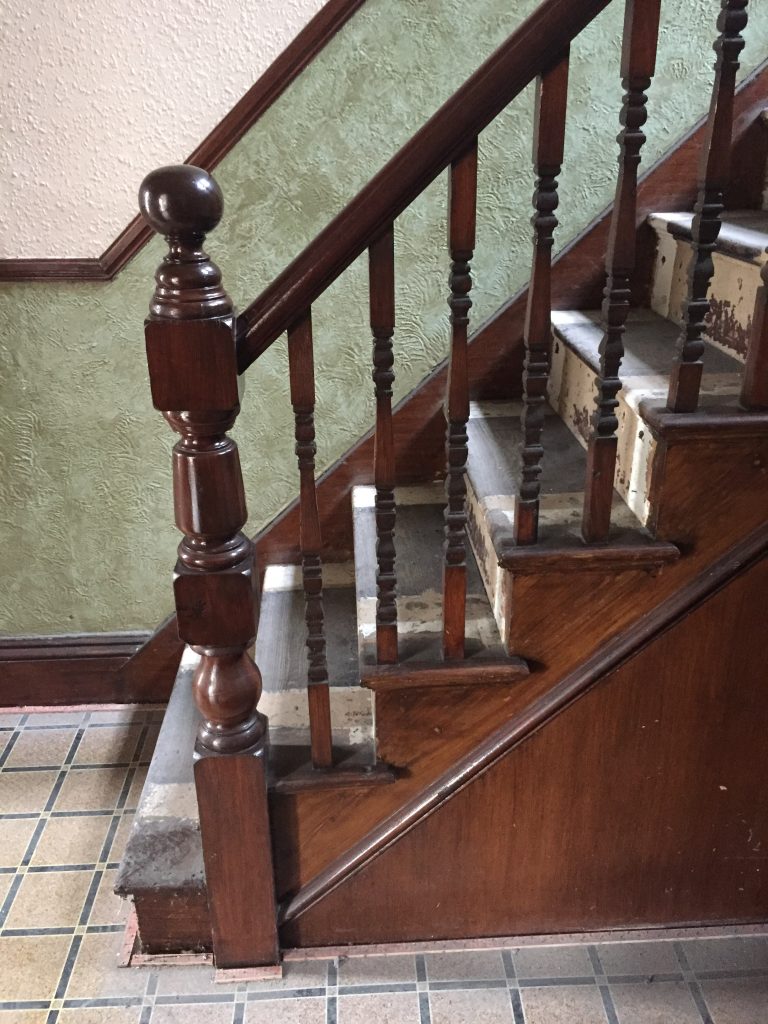
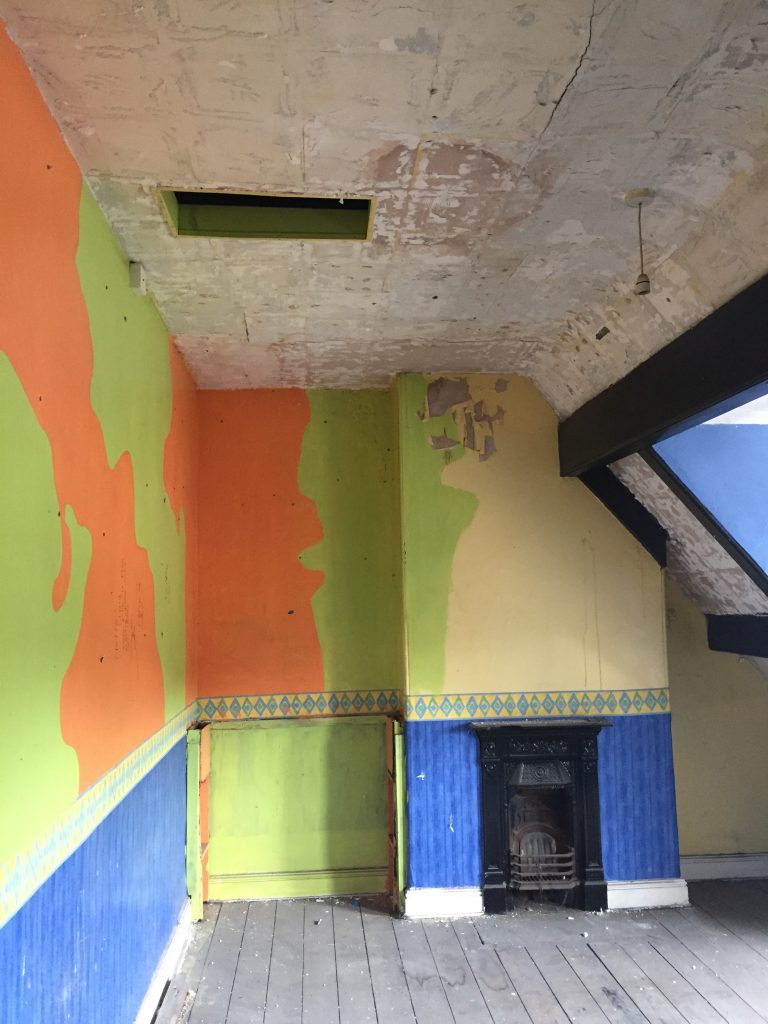



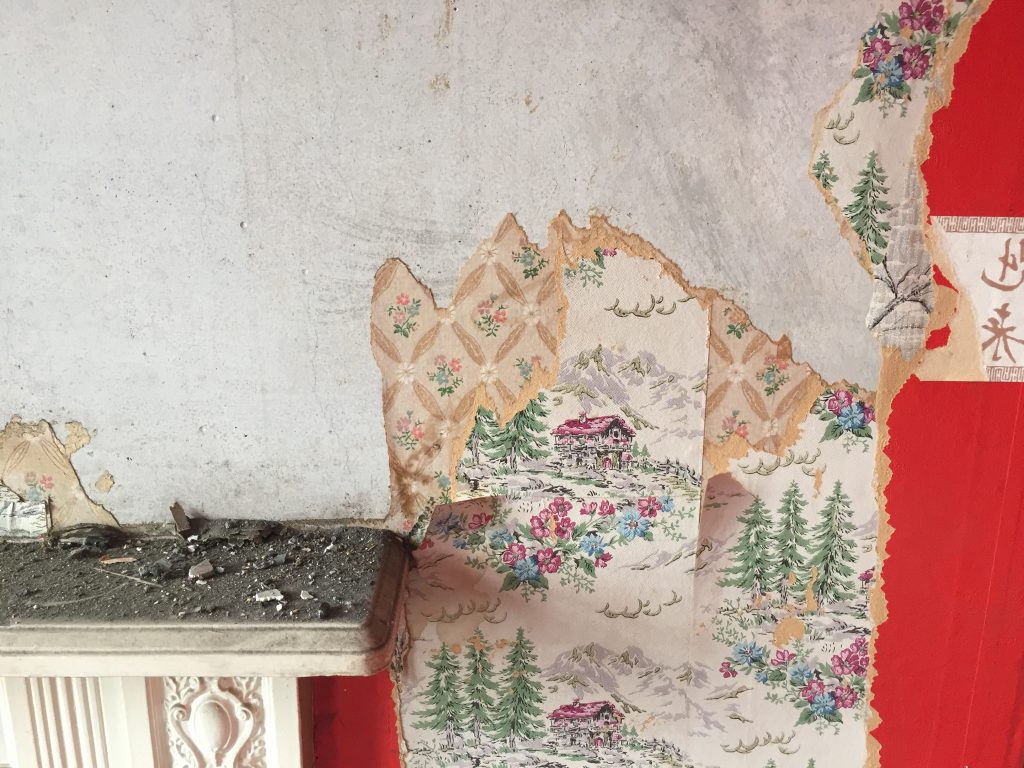
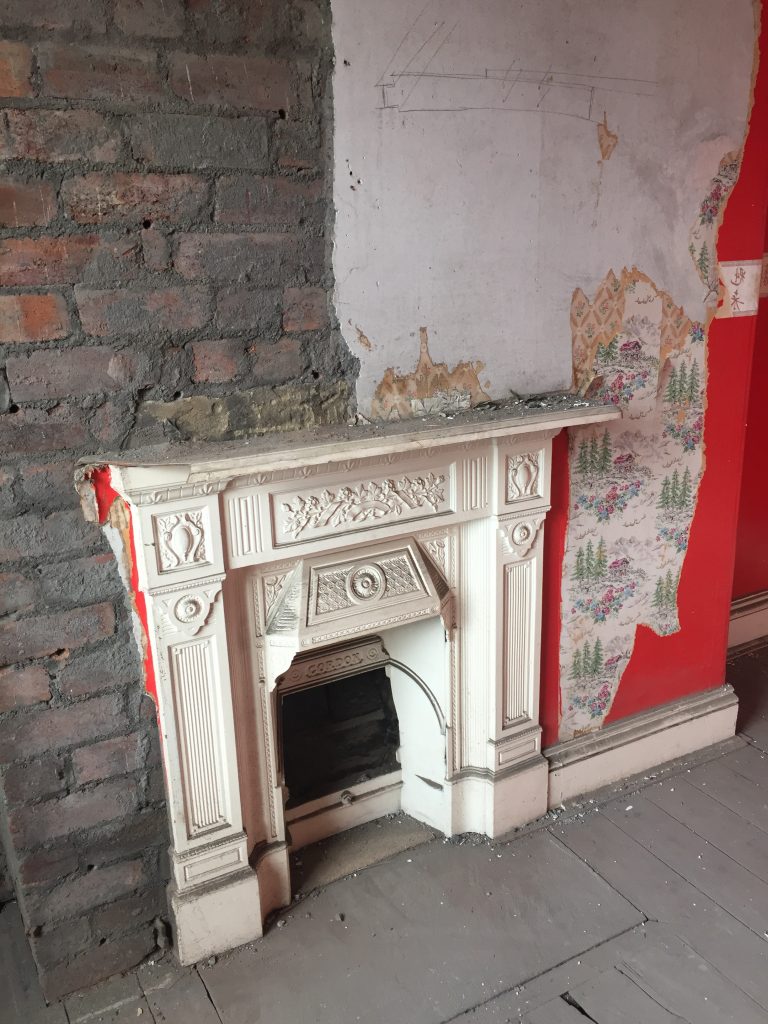
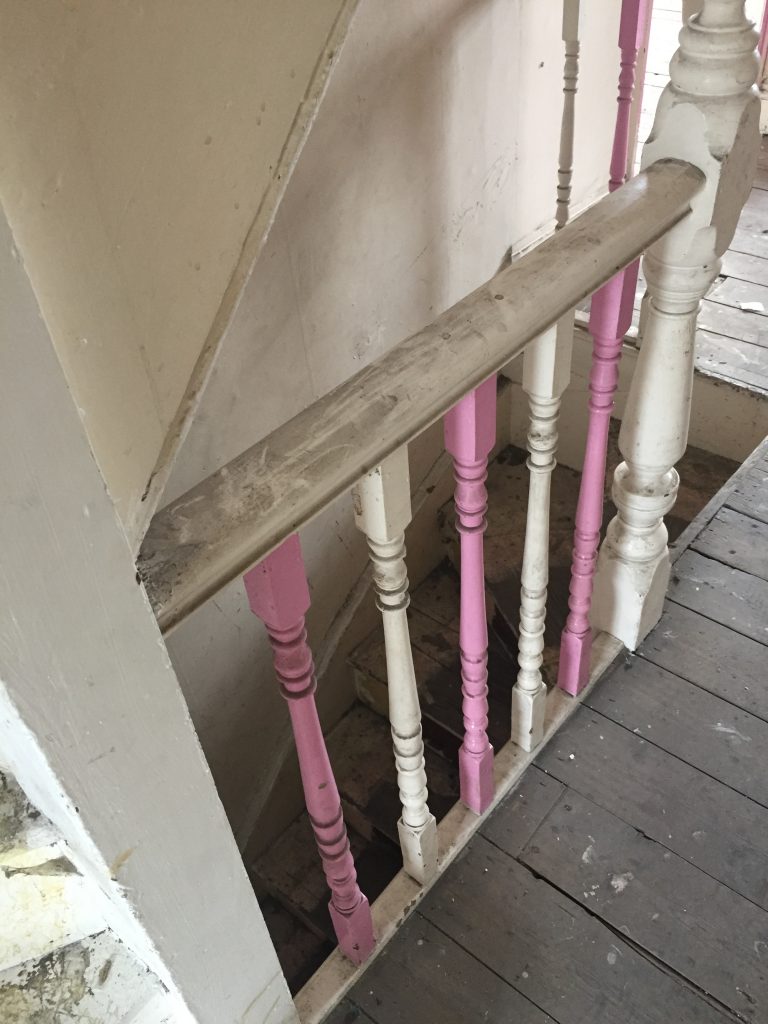
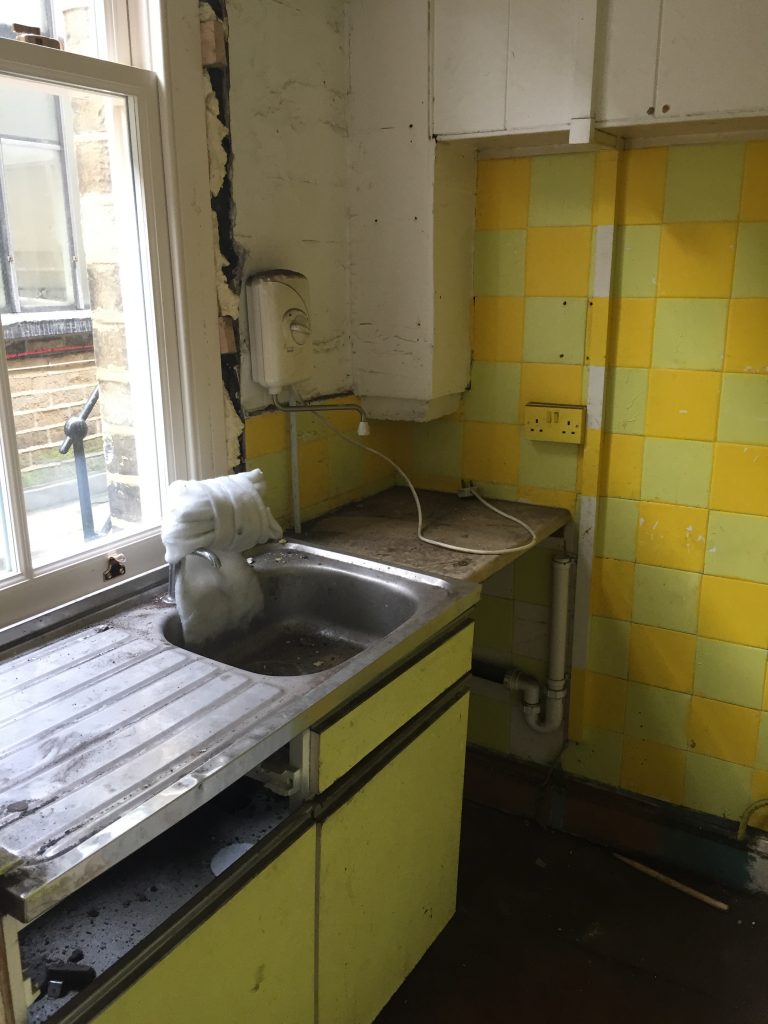
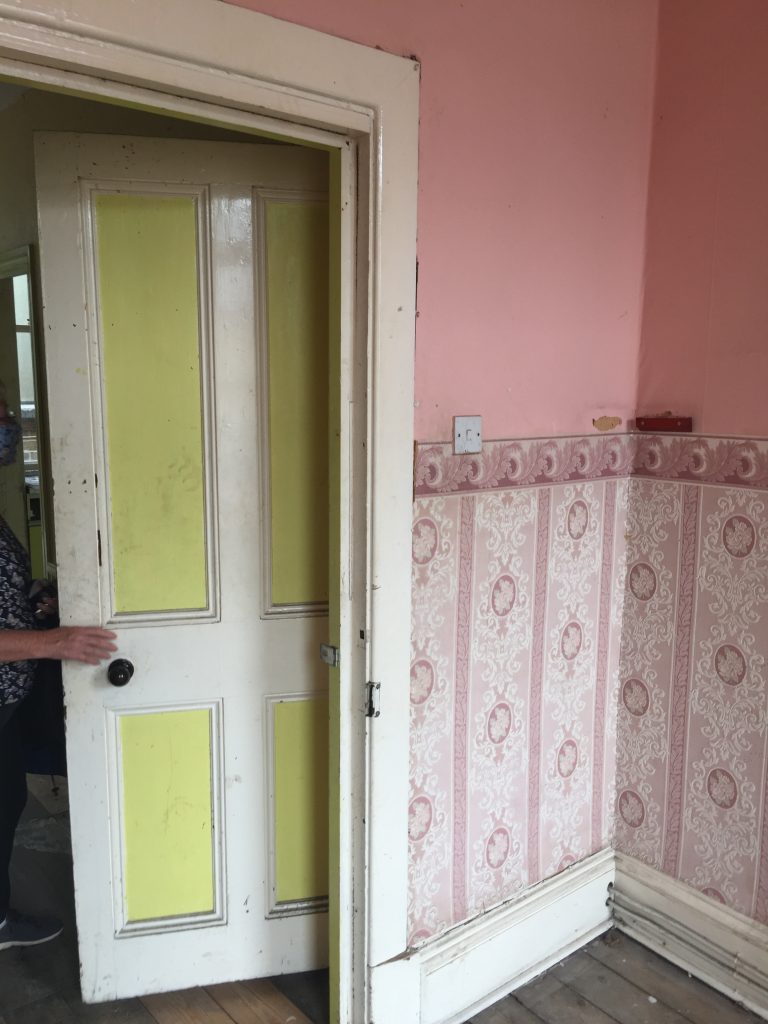
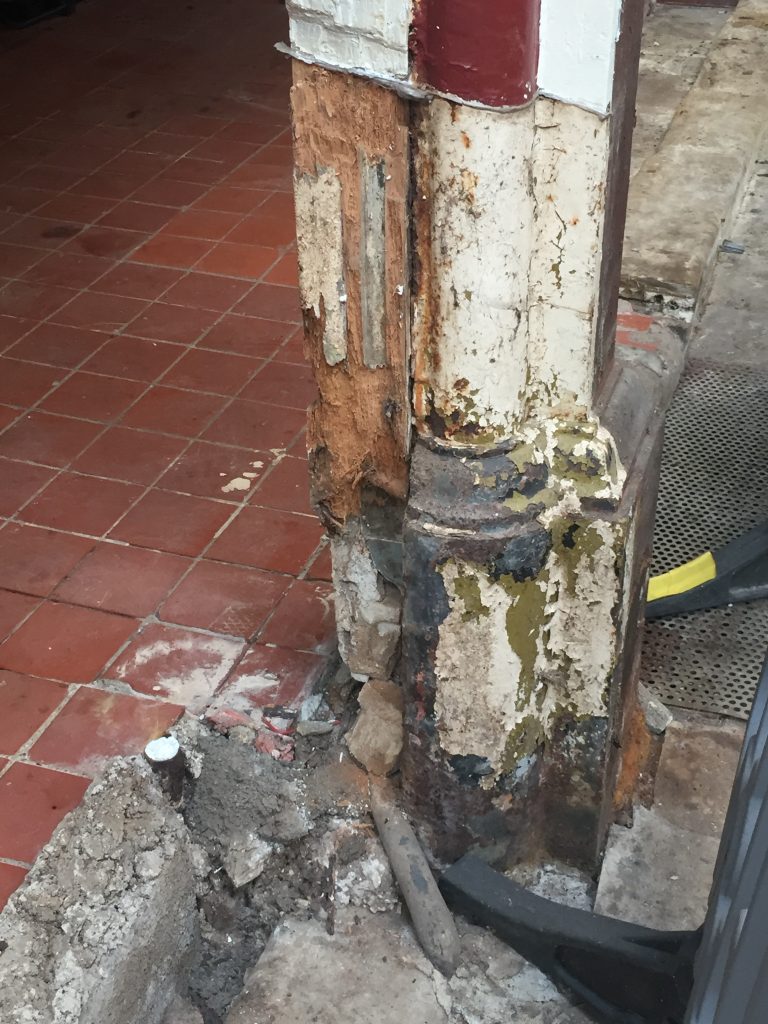

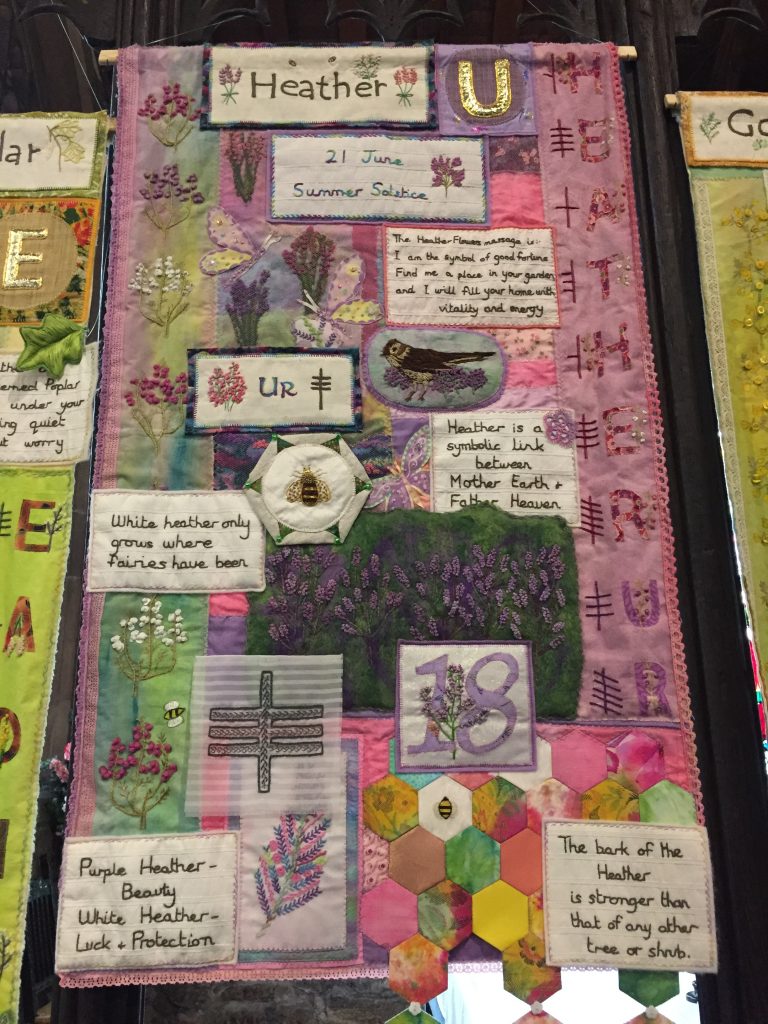

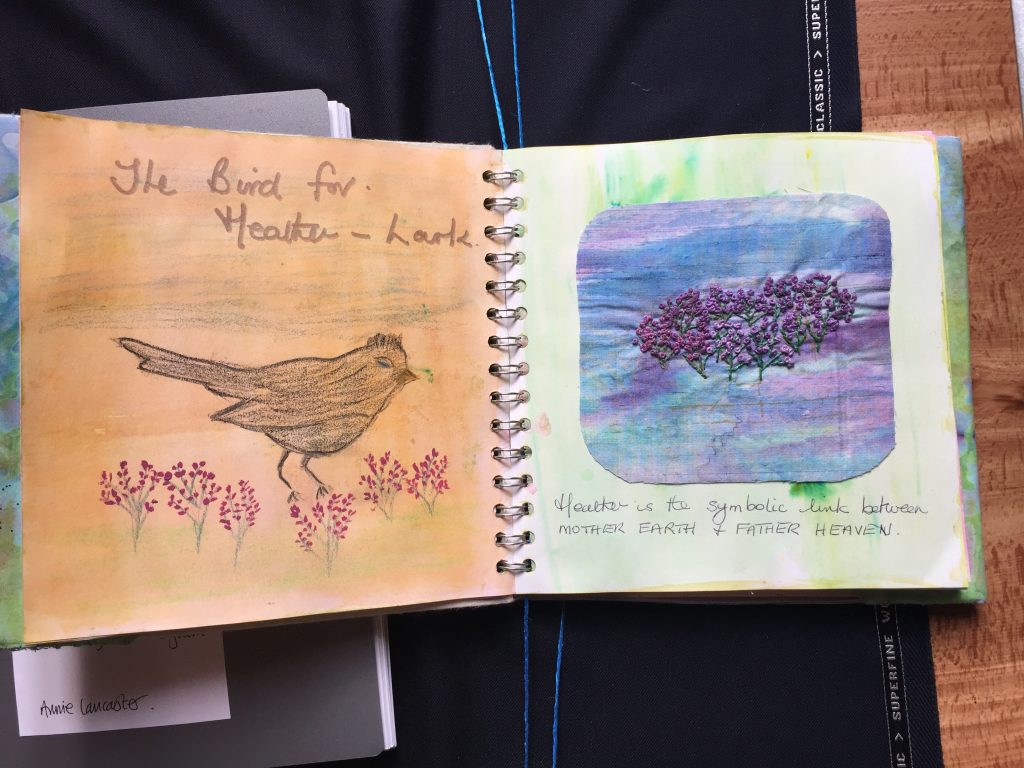

Recent Comments